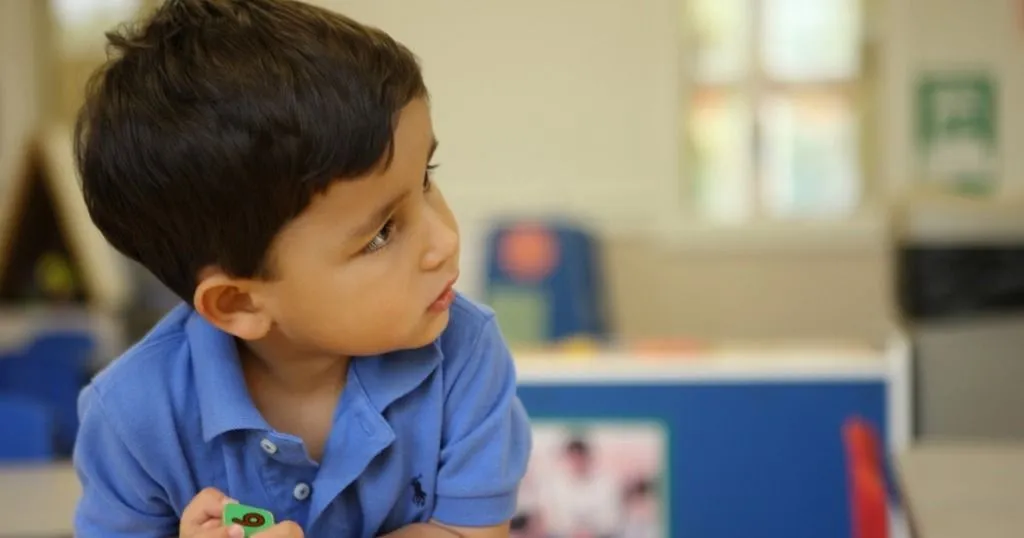Studying conflict interactions between mothers and adolescents
It is common for conflicts to arise between adolescents and their parents. However, severe conflicts can have negative effects on adolescent development. What can parents do to prevent escalating conflicts?
Posted by
Published on
Thu 05 Dec. 2019
Topics
| Adolescent Research | Child Development | Emotions | FaceReader | Observational Research | Parent-child Interaction | The Observer XT |

Adolescence is a developmental phase with many physical, neurodevelopmental, psychological, and social changes. One of these changes involves the relationship between adolescents and their parents.
As adolescents strive for more autonomy and equality in the relationship, it is common for conflicts to arise. Conflicts provide parents and adolescents with opportunities to express and negotiate their mutual expectations and reach their personal goals.
However, severe conflicts can have negative effects on adolescent development, relationships, and future adjustment. It is important to understand what parents can do to prevent escalating conflicts.
That is why researcher Debbie van Bommel and her colleagues examined conflict interactions between mothers and adolescents.
Emotional variability
One of the factors considered important for conflict resolution with adolescents is the ability to flexibly switch between expressed emotions. This flexibility related to less aggressive behaviors, higher relationship quality, and less internalizing problems.
However, negative emotions are more contagious than positive ones, and both parents and adolescents tend to reciprocate negativity. This means that it can be difficult to break negative interaction cycles.
Examining how transitions are made between negative and positive emotions in conflict interactions can help us understand how to improve emotional variability and conflict resolution.
A mother’s influence
Research suggests that mothers can positively influence adolescents’ emotional behaviors. For example, social learning theory suggests that people learn new behaviors by observing others. This means that mothers’ expressiveness of emotions can model the way adolescents express and regulate their emotions.
Other studies have shown that mothers are likely to initiate positive interactions, regardless of the positivity or negativity of adolescent behaviors. On the other hand, adolescents seem more prone to maintain a negative interaction pattern.
These results highlight how mothers can influence adolescent behavior and conflict interactions through their own emotional states. But what happens when mothers suffer from anxiety or depression?
Internalizing problems
Anxiety and depression, as well as other emotional problems, can influence the way mothers express emotions. For example, they may experience more negative emotions and have more difficulties regulating their emotions. This can make it more difficult to initiate positive interactions or to flexibly switch between emotions.
In other words, internalizing problems can change the way that mothers handle a conflict situation with their adolescent.
Research aims
Van Bommel and her colleagues examined real-time transitions between positive, negative, and neutral emotions in mother-adolescent conflict situations. This included transitions within a person as well as the way both parties influenced each other.
They predicted that mothers would be more inclined to initiate positivity after negativity than adolescents. They also argued that adolescents would reciprocate mothers’ emotions more than the other way around.
Furthermore, the researchers wanted to know whether mothers’ internalization of problems influenced conflict interactions. They assumed that, compared to other mothers, mothers who tended to internalize problems were less likely to initiate positivity after negativity and more likely to reciprocate negativity.
Observing conflict interactions
The study included 84 mother-adolescent dyads studied for three consecutive years, from adolescent ages of 13 to 15 years old.
Each of these years, dyads were visited at home and videotaped during a 10-minute conflict interaction task. In this task, mothers and adolescents were instructed to discuss and attempt to resolve an issue that had recurred most often during the last month (school problems, chores, etc.).
Emotional states were recorded and coded using The Observer XT. Coders used a simplified 10-code version of the Specific AFFect coding system (SPAFF), observing verbal content, voice tone, facial expressions, and physical cues of both parties. The researchers analyzed their data with three categories of emotional states: positive, negative, and neutral.
Transitions in emotional states
Results showed that of all emotional states, adolescents expressed positive emotions the least often. Mothers, on the other hand, expressed negative emotional states the least often.
The researchers also found that most changes in emotional states happened within a person, in which one’s own positivity and negativity were most likely followed by one’s own neutrality. The authors suggest that these neutral emotional states support the transition between positive and negative emotions.
When mothers and adolescents did influence each other, it was mostly through neutral emotional states. Whereas positive and negative emotional states seemed to prevent emotional changes in the other, neutrality was most likely to provoke emotional transitions in a partner.
Leading conflict resolution
In line with predictions, mothers were more likely to change to positivity after one’s own or the other’s negativity than adolescents were. They were also more likely to reciprocate positive emotional states, whereas adolescents were more inclined to reciprocate negative emotions.
These results confirm that mothers play a more important role in preventing conflict interactions from becoming rigidly negative. The researchers recommend that mothers take an active role in resolving conflicts and in modeling effective emotion regulation, instead of ignoring the negative moods of their adolescents.
Differences between mothers
The researchers found no differences in emotional responses between mothers high and low in internalizing problems. They argue that this unexpected result may be explained by the relatively healthy sample they used in the study.
However, they did find that adolescents with mothers low in internalizing problems were more likely to reciprocate negative emotional states. Mothers with depression or anxiety may be less sensitive to environmental cues and, as a result, show less emotional responses. This may provide adolescents with fewer opportunities to reciprocate negativity.
Insight in interactions
Overall, this study provides insight about how conflict interactions unfold in real-time, and how emotional states change within a person and between partners. The study also provides practical suggestions for parents to apply in conflict situations.
To further improve our understanding or parent-adolescent interactions, the researchers suggest including interactions with other family members or studying increased duration of conflicts in future research.
Reference
Van Bommel, D.; Van der Giessen, D.; Van der Graaff, J.; Meeus, W.; Branje, S. (2018). Mother-adolescent conflict interaction sequences: the role of maternal internalizing problems. Journal of Research on Adolescence, doi:10.1111/jora.12441.
Related Posts

Psychology conferences in 2024 and 2025

Parenting behaviors and executive function in Down syndrome


